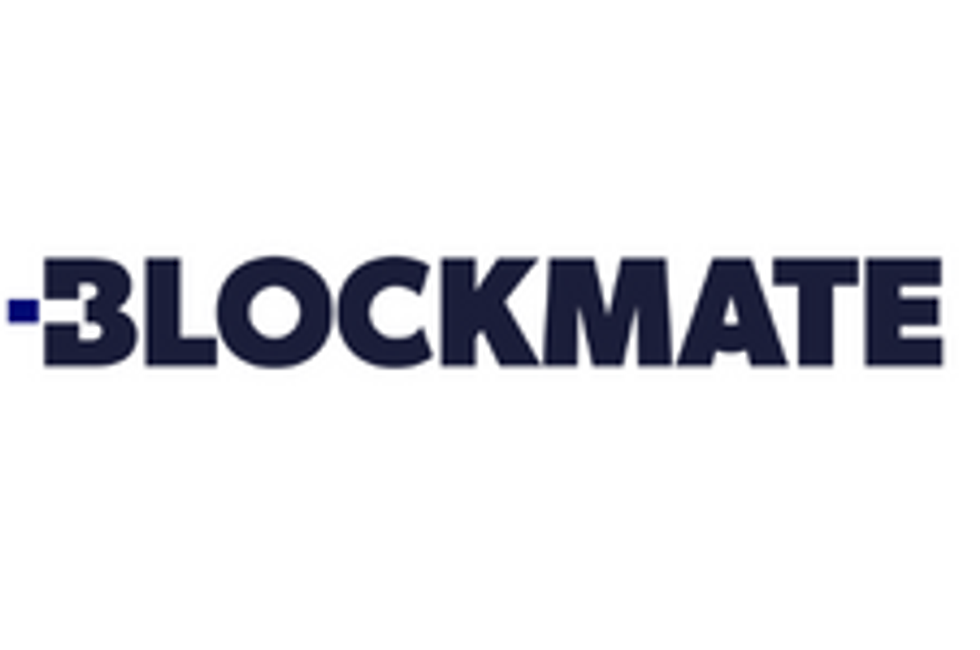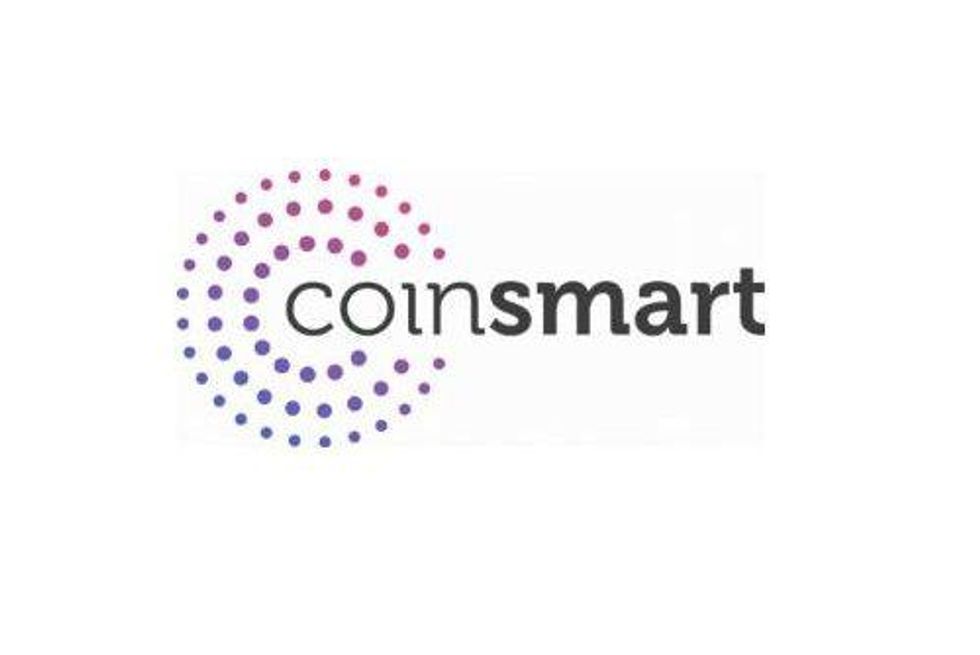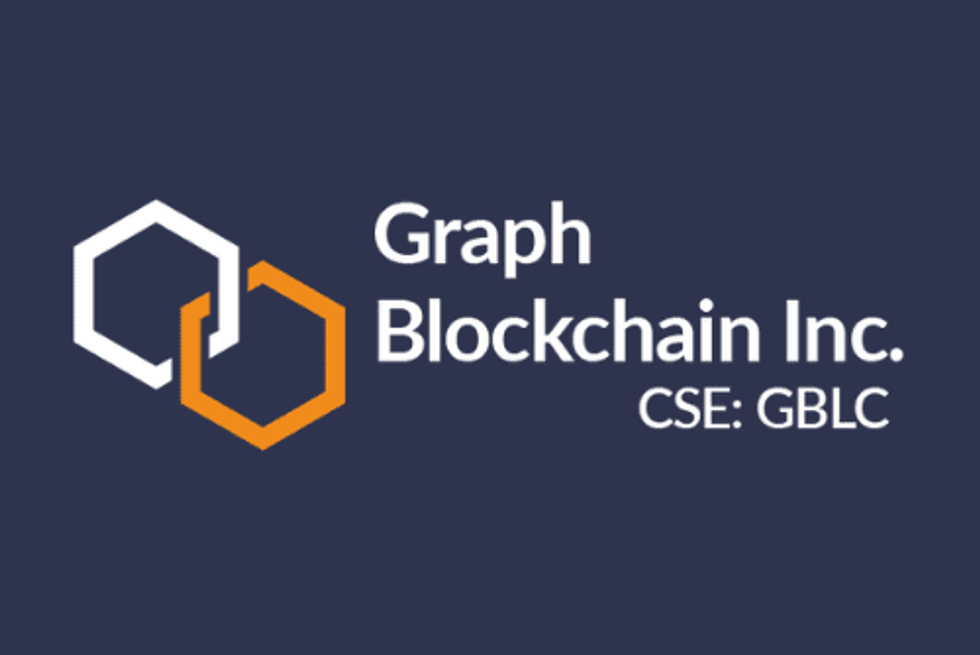Plouton Mining: Solar-powered Bitcoin Mining in Mojave, California

At the Blockchain Futurist Conference, Ramak J. Sedigh, CEO of Plouton Mining, discussed his company’s unique approach to bitcoin mining.
Mining for cryptocurrencies has become harder over the years, with the amount of electricity needed to mine increasing and miners’ costs rising in tandem.
According to BTC.com, the current hash rate for bitcoin is 72.92 EH/s, which is a quintillion hashes per second. Since mid-July, the degree of difficulty associated with mining has risen over 10 percent.
Hash rate is used to measure the performance of a bitcoin miner. Essentially, the faster the bitcoin miner solves the bitcoin code, the higher its output and the faster bitcoins are created; hash rate measures the speed of this output. Miners require both electricity and powerful mining equipment to function.
To counter the problem of high prices, companies like HIVE Blockchain (TSXV:HIVE) have sought out very cold regions, such as Sweden and Iceland, which have low electricity costs.
Other companies have taken a different approach. Hut 8 Mining (TSXV:HUT), for example, has operations in Alberta, where natural gas and wind energy are more plentiful.
Plouton Mining is going in another direction. The bitcoin mining company is operating in Mojave, California, which has among the highest number of sunny days in North America. There, the company is building the world’s largest solar-powered bitcoin mining operation, at which power costs are essentially zero.
The Investing News Network (INN) spoke with Plouton Mining CEO Ramak J. Sedigh at the Blockchain Futurist Conference in Toronto about the project. The conversation focused on improving operational efficiencies in mining and the scarcity of long-term mining contracts.
The interview has been edited for clarity and brevity. Read on to find out what Sedigh had to say.
INN: Plouton Mining announced that it is building the world’s largest solar-powered bitcoin mining operation on August 9. Can you tell more about this project?
RS: It’s 50 acres in Western Mojave. This is about four hours west of the Mojave Desert. We get 92 percentile in solar rays, so it’s very good.
We get about a dozen or so non-producing solar days, so it’s ideal. The average temperatures are 72 degrees, perfect for a mining operation. We plan to use renewable solar power.
The land has a capacity of upwards of 45 megawatts, and for the current phase we’re looking at 10 to 13 megawatts. It’s 50 acres and we plan to use that during peak hours — which is the critical electricity use long term — and we get that for free. It’s a front-loaded cost, but after that, the panels have a 20 year warranty on them.
So our daytime solar use and electricity produced is free. Then at night … it’s US$5 per watt for storage and production. From solar, we tap the excess capacity off the grid.
INN: That’s really exciting. How does solar power improve operational efficiency?
RS: It’s about long-term planning. I’m not so sure how much about the efficiency, but it gives us control, meaning we’re not dependent on the local utility company to change their mind and come back and give us any sort of price increase. Because at the end of the day, the utility company is going to face an existential decision to make.
Either they spend more money — billions of dollars — to increase capacity for peak hours, or cancel the contract with the miners who use so much capacity. So far, they have opted to cancel the contracts.
So in that aspect, it gives us control. In my opinion, if somebody wants to do a long-term project, they have to control their destiny. That’s what we try to do.
INN: Can you tell me more about the current mining market?
RS: The mining market obviously right now is hot again where the price action is pretty good. The hash rate, the network, the degree of difficulty is going up. It has almost doubled, I believe. But the price of bitcoin has tripled. So it’s always that game.
Long term we’re only going to do basic mining for bitcoin. That’s the only network we can trust, we can put long-term investment into, for the next 20 years because they’re not going to change their structure.
INN: How will electricity prices change in the future?
RS: It’s going to continue to go up. We met with a couple of investors from some mining company manufacturers. Me and my co-founder met with them in Taipei. They were looking for a place for some infrastructure for 40,000 miners and they wanted a long-term contract — five plus years. So they’re looking at our project as an alternative.
I made a bet with them that the next time I see them, they wouldn’t be able to find that (long-term contract), because they can’t. There’s nobody that can give you a long-term contract for pricing because the prices are going to go up at some point.
The utility companies have a production capacity that goes along with the population increase of that community. If you take that capacity off of their hands and the population grows, they have to go back to the utility commission for more money to build capacity. And that never happens. The money, the billions of dollars, grows always. They always go to some sort of a vote for bonds. They’re not going to do that, so they cancel the contract.
And we met with the investors later who were actually in LA. So nobody is going to sign — it doesn’t matter how big of a contract. They won’t sign a long-term electricity guarantee pricing for their hosting service for more than one, maybe two years. That’s about the extent of it. And that’s essentially the problem in the industry. We don’t think long term enough. We’re still in the process of, “What’s going to happen two to five years?” How about the next 20 years?
INN: Right. That’s a good point. What are some of the challenges you’ve encountered with the Plouton solar mining project?
RS: Envion, GigaWatt, all of those that have been posing the biggest challenge when you tell people mining and solar, they just write it off, they laugh it off like, “No, really?” And once they start questioning, they ask and they understand it. We’re producing electricity through solar for our use. We’re not selling back to the grid. It’s about the control and it’s about the long term.
And our project, we’re not doing an initial coin offering. We’re doing an international equity sale. So the people who buy into it, they’re not just getting hash power, they’re actually buying into the land, infrastructure, solar farm. That’s extremely important for people to understand and that has been the biggest challenge is to let people look at the project through a microscope and through their lenses of being doubtful. Let them ask the questions.
INN: What are your thoughts on the future of cryptocurrency?
RS: I have seen firsthand how the internet changed our lives. I remember in the early 1990s, and I was already late to the game, when I put a URL and an email address on my business card. I’ve seen that and I have a fairly good understanding of the distributed ledger concept and the implementation there. I think that’s more for the younger crowd to roll out these projects that they look at. It’s going to change the way we live at least 1,000 times more than all the internet.
Think of your life today. Think of not having the internet, think of not having Google (NASDAQ:GOOG); think of not having a phone and see how your life has changed. And that’s essentially what cryptocurrency and distributed ledger is going to do. Imagine voting, property ownership, car registration and ID. It’s the tracking of production of food from the farm to the supermarket.
It’s like this system was designed for those. That’s essentially what distributed ledger was designed for. Looking at real-life experiences and building something that long term can answer those requirements.
INN: Right. And what are some of the ways you think that adoption can be achieved?
RS: I’m hoping, for example, in the mining aspect that we’re able to show people, “Hey, there’s an easy way to mine.” For example, why not a hospital for kids in a remote, impoverished city, where they don’t have access to much, but they have internet. What if they could put up some solar panels and imagine they’re in, let’s say … Iran, Africa, there are so many remote areas in the world that they need it. Then they can actually use that to mine, to generate money for the project.
Imagine if we could help build a similar facility at a much smaller scale in those remote areas to help some clinic that caters to the children. What if it could do that?
And that’s what we need to essentially do. That’s how we need to help. I’m hoping people do things that help the greater good of the communities that they’re in.
Don’t forget to follow us @INN_Technology for real-time news updates!
With files from Georgia Williams.
Securities Disclosure: I, Dorothy Neufeld, hold no direct investment interest in any company mentioned in this article.
Editorial Disclosure: The Investing News Network does not guarantee the accuracy or thoroughness of the information reported in the interviews it conducts. The opinions expressed in these interviews do not reflect the opinions of the Investing News Network and do not constitute investment advice. All readers are encouraged to perform their own due diligence.




